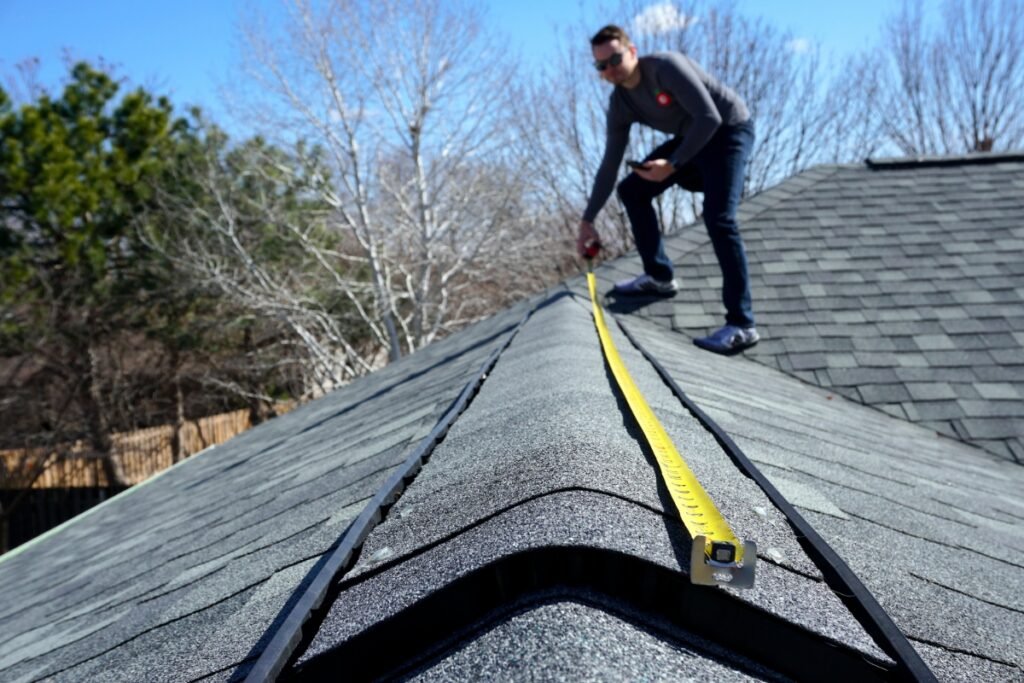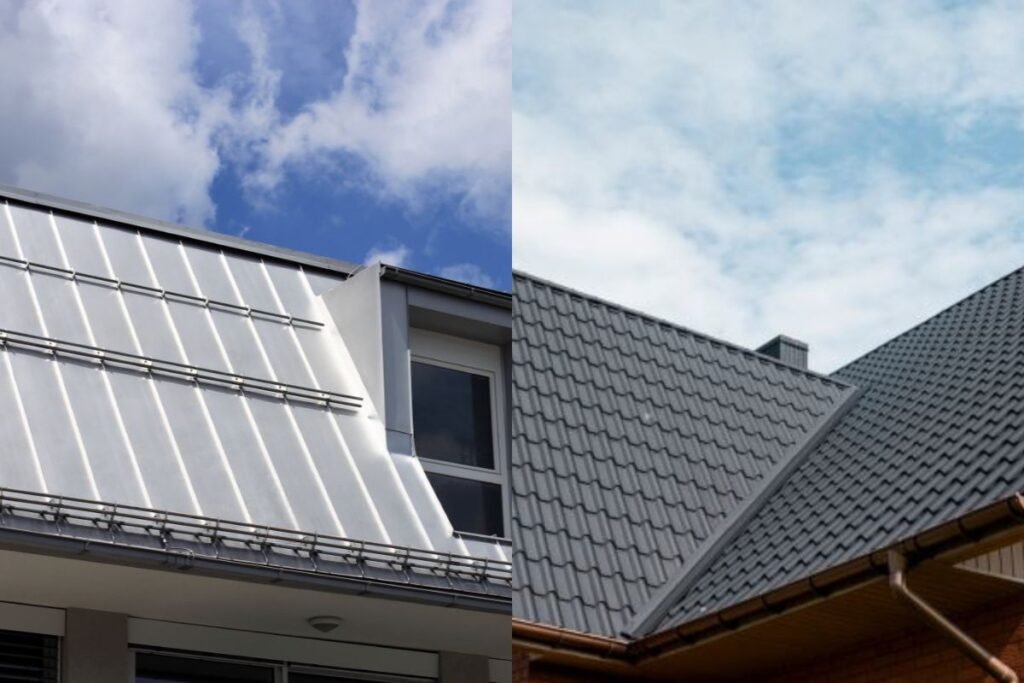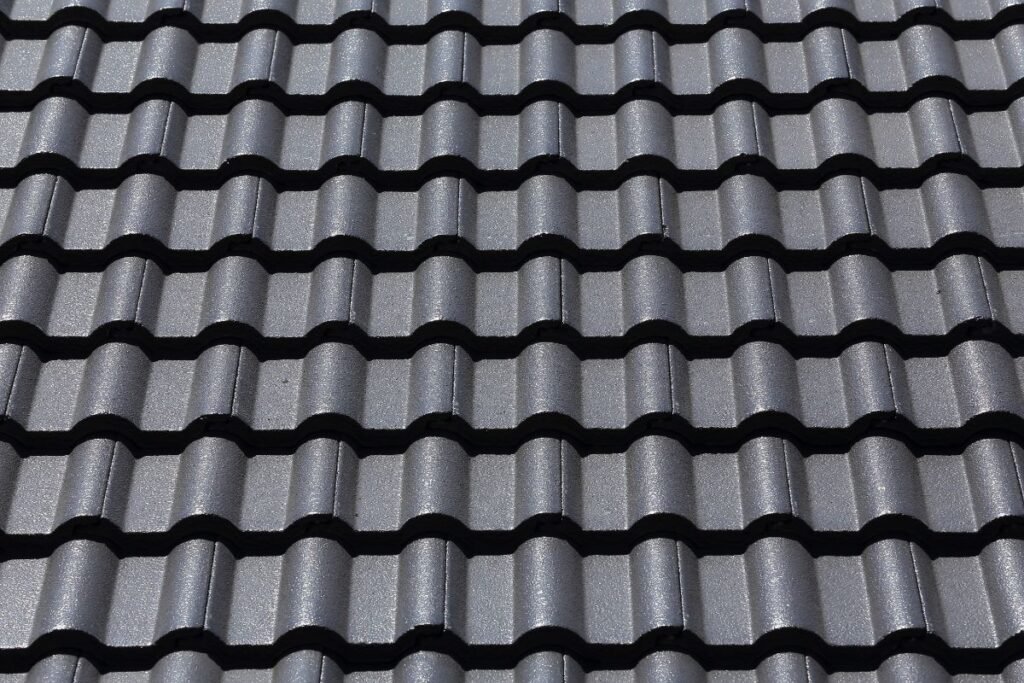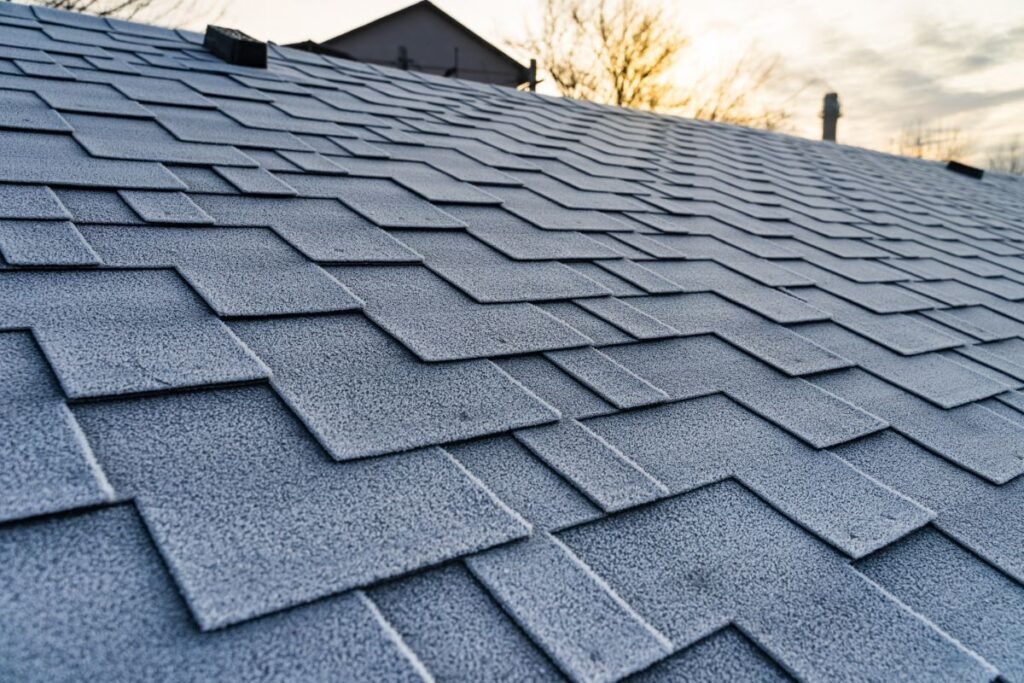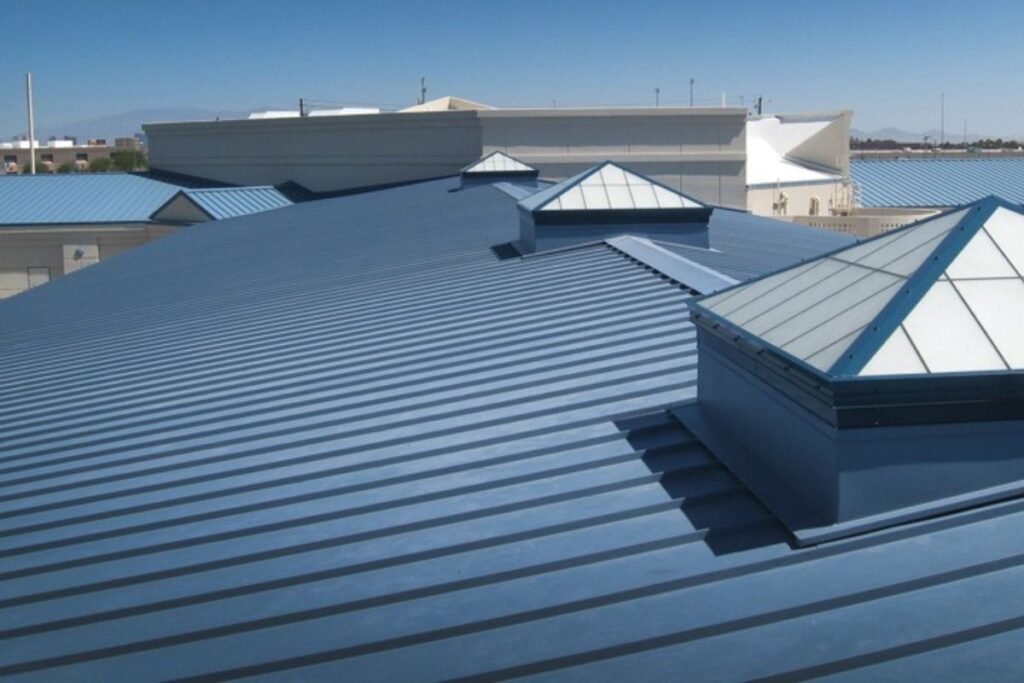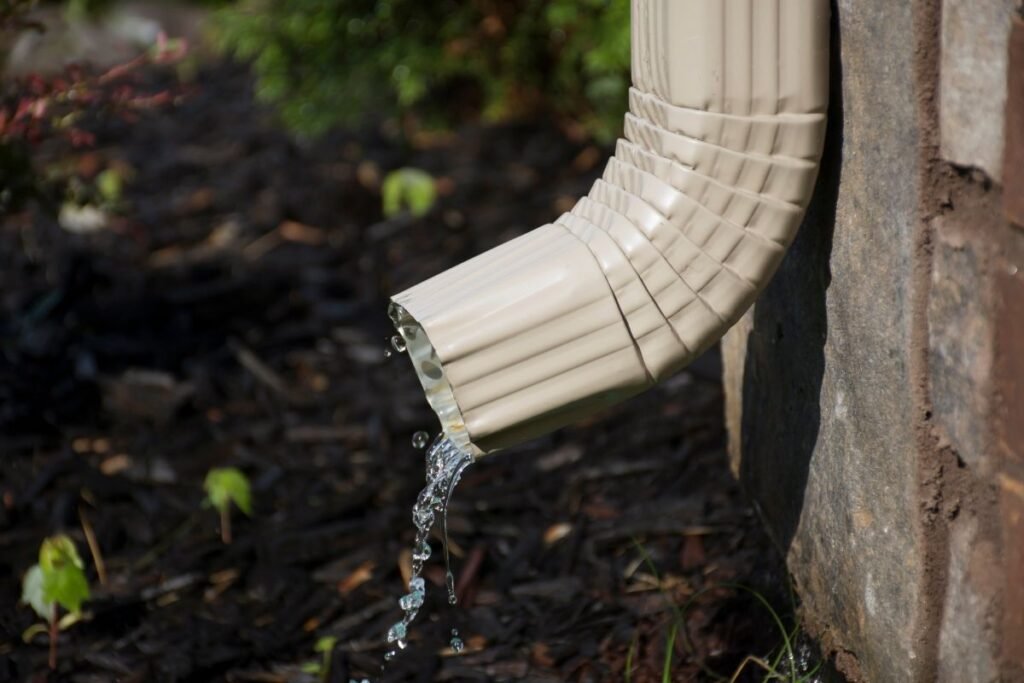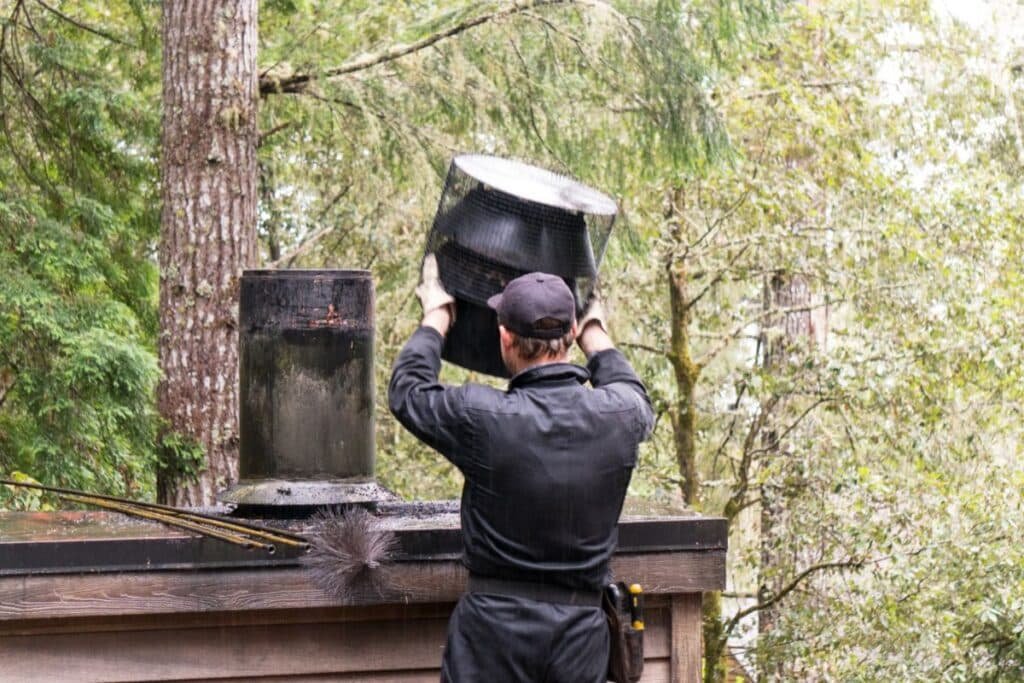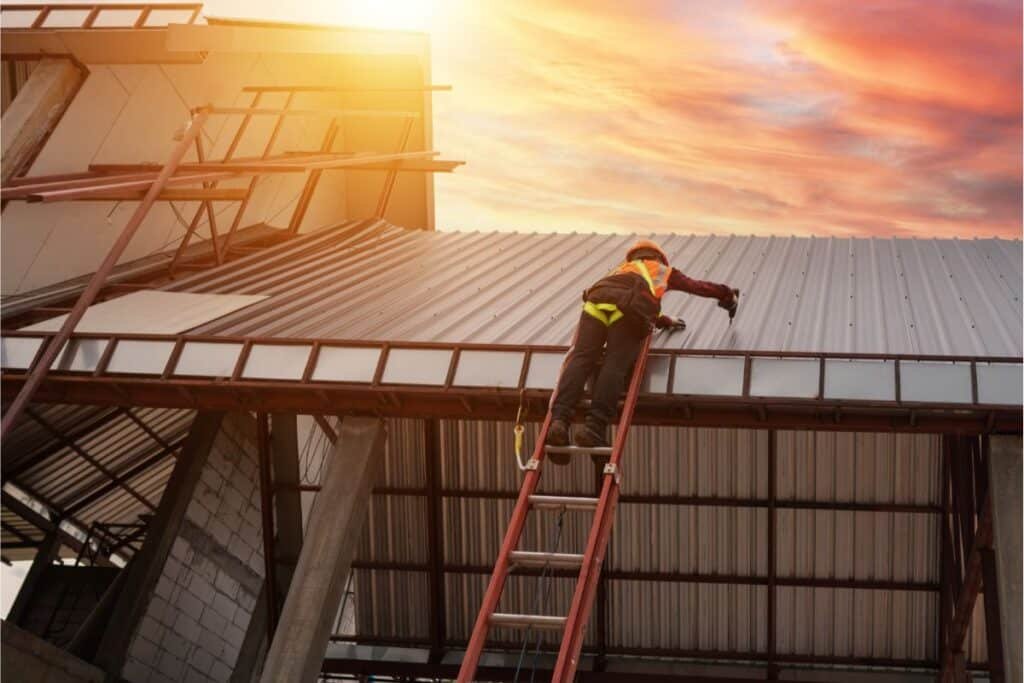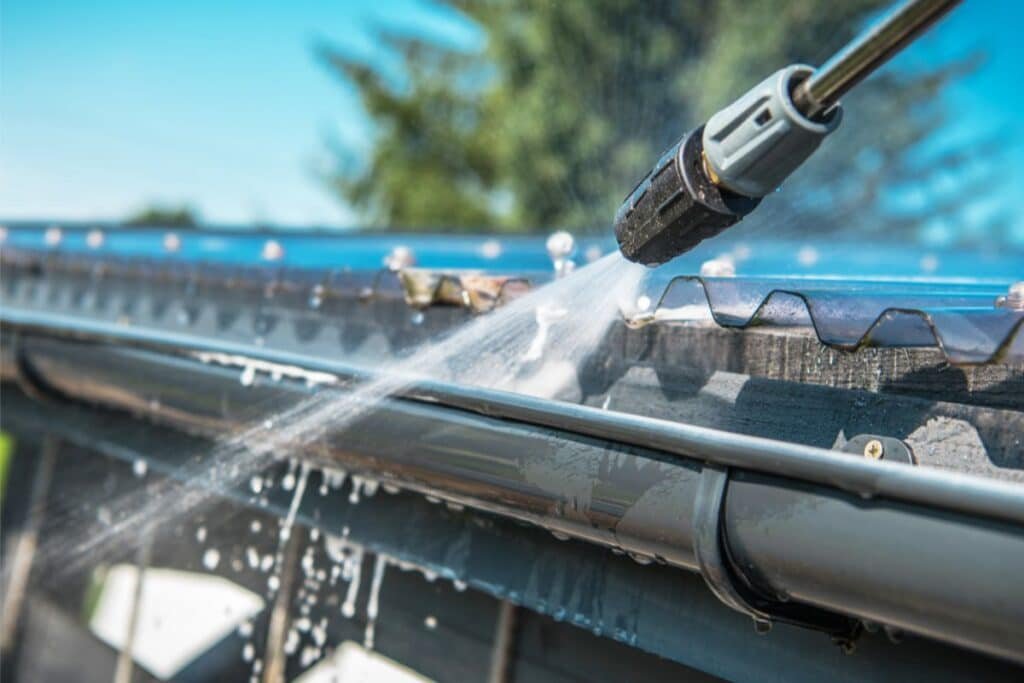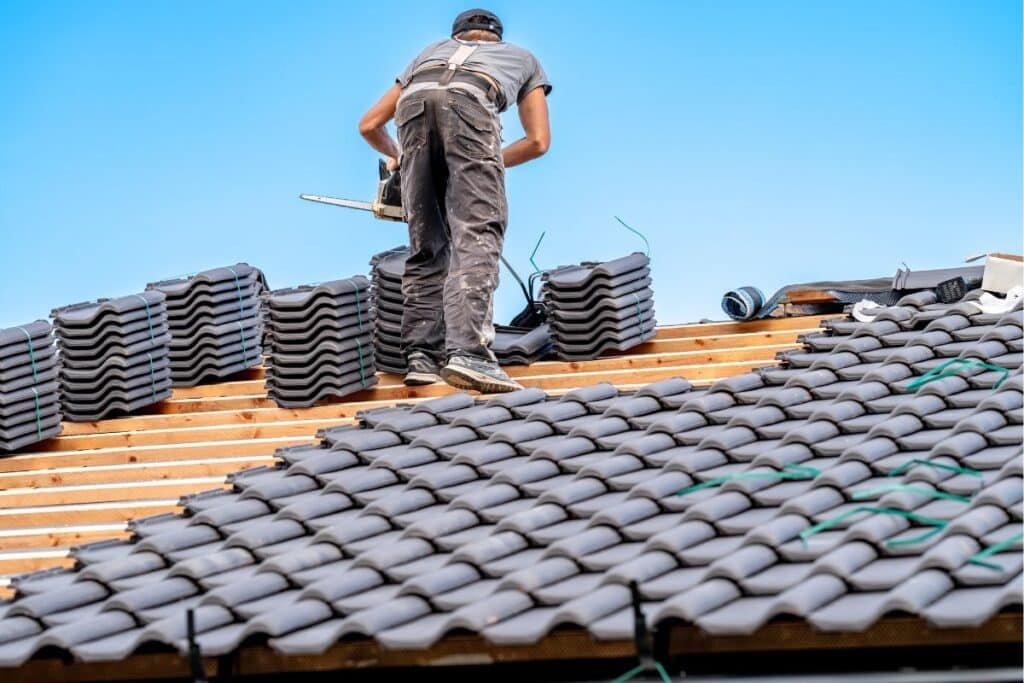The cost of a commercial roof replacement cost can vary significantly depending on factors like location, roof size, materials, and labor. Urban areas often face higher costs due to expensive labor and materials, while rural regions may offer savings. Complex roof designs, access difficulties, and weather conditions can further increase expenses. Building permits, local codes, and warranties also influence the final cost.
However, regular maintenance, choosing long-lasting materials, and hiring local roofing contractors can help reduce the need for frequent replacements. This guide explains these factors and offers practical ways to lower your roof repair cost.
What is the Commercial Roof Replacement Cost?
Replacing a commercial roof typically costs between $5 to $12 per square foot, depending on several factors. Your location, material choice, and the complexity of the project can impact this price. Understanding what drives your commercial roof replacement cost can help you plan better and stay within your budget.
Important Factors That Affect the Cost of Commercial Roof Replacement
Various factors play a role in determining the cost of replacing a commercial roof. Below are key considerations to help estimate your commercial roof replacement expenses.
Location
Where your building is located greatly affects the roof replacement cost. If you are in a high-cost urban area, expect to pay more for materials, labour and permits. In rural or less populated regions, prices may be lower. Additionally, regions prone to harsh weather may require more expensive, durable roofing materials, further increasing the cost.
Access
The ease of access to your roof is a critical factor. If your building is tall or difficult to reach, contractors may need cranes or scaffolding, which adds to the roof replacement cost. Roofs with few access points or that are obstructed by nearby structures might take longer to work on, increasing labor costs. Additionally, buildings located in congested urban areas may require road closures or special permits for equipment, further driving up expenses. So if you ensure easy access for workers and equipment that can help to reduce these logistical costs.
Roofing Warranties
Roof warranties can influence the initial cost of replacement. Basic warranties cover only materials, while more comprehensive warranties may cover labor and roof repairs. However, these warranties can save money in the long run by protecting you from future repair expenses.
Labor
Labor is a major factor in your roof replacement cost. The more skilled the labor needed, the higher the price. Complex projects or roofs with multiple layers may require specialized contractors, which can raise labor fees significantly.
Additionally, labor costs vary by region urban areas often have higher wages than rural areas. The size of the crew also impacts costs; larger teams can complete the job faster but may increase the overall price. Some projects might also require overtime or work during non-regular hours,
Roofing Materials
The type of materials you choose has a major impact on cost. Basic materials like asphalt shingles are affordable but premium options like metal or single-ply membranes last longer and require less maintenance. While premium materials might have higher upfront costs but they offer better durability and help with long-term expenses.
Roof Size and Complexity
Larger roofs naturally require more materials and labor. It increases the overall cost. Complex roofs with unique designs or multiple layers take more time to replace which is responsible for further adding to the roof replacement cost.
Building Codes and Permits
Local building codes and the need for permits can add to the total cost. Depending on your area, certain materials or specific installation methods may be required. It can affect the price. Additionally, permits themselves come with fees, so be sure to budget for these.
Weather Conditions
Bad weather can delay your commercial roof replacement and increase costs. Frequent rain, snow, or extreme temperatures can delay roofing projects and increase labor costs. Weather conditions may also damage materials during installation which adds extra expenses.
In areas with harsh climates, contractors may need to use more durable materials, which come at a higher price. These conditions can significantly affect the overall cost of your roof replacement. Scheduling the project during milder seasons can help avoid delays and keep costs lower.
Contractor Experience
The experience level of your contractor affects the total cost. More experienced contractors may charge more but they often complete the job faster and with fewer issues. A less experienced contractor might offer lower rates. However, the risk of delays or mistakes could increase the overall expense.
Existing Roof Condition
If your current roof is in poor condition, you will likely need to address repairs before installing a new one. These additional repairs can increase the overall cost but they are necessary to ensure the new roof is properly supported and durable.
Structural damage, leaks, or mold can significantly raise both material and labor costs. In many cases, a full tear-off of the old roof is needed, further adding to your commercial roof replacement expenses. This step is crucial to fix any underlying issues and ensure the new roof is installed properly and lasts longer.
Tips for Reducing Commercial Roof Replacement Costs
Here are some tips to help you manage and reduce the cost of commercial roof replacement.
-
- Regular Maintenance: Perform regular roof maintenance to catch small issues before they become major problems. Regular inspections and minor repairs can prevent larger, more costly damage. This proactive approach helps you avoid the need for early roof replacements.
-
- Choose the Right Materials: Always try to select durable materials because they can reduce costs over time. While some materials might be cheaper upfront but in the future they may require frequent repairs. So choose long-lasting materials to save on both maintenance and commercial roof replacement costs in the future.
-
- Plan for Off-Peak Seasons: Summer season is the busiest season for roofing contractors. So, It is best to schedule your project in the off-peak season, such as winter or early spring, which might help you secure lower rates and reduce costs.
-
- Consider Roof Coatings: Roof coatings can extend the life of your roof without the need for a full replacement. These coatings protect against weather damage and can lower your commercial roof repair cost by reducing the frequency of future repairs.
-
- Optimize Design for Efficiency: Energy-efficient designs, such as better insulation or reflective materials can reduce the energy costs of your building. While this might add slightly to the initial roof replacement cost, but in the long run it will save money by lowering utility bills.
-
- Negotiate with Contractors: Don’t hesitate to negotiate with contractors. Some may offer discounts on materials or flexible payment options which allows you to save on the overall commercial roof replacement cost.
-
- Utilize Local Contractors: Local contractors often offer lower rates than those from out of town. They are also more familiar with regional building codes and weather conditions.
-
- Stay Informed About Warranties: Investing in a good warranty can save you money in the long term. A quality warranty covers repairs and replacements. It reduces unexpected costs down the line. So make sure you fully understand what your warranty covers.
Conclusion:
In the end, replacing a commercial roof is a significant investment but with the right planning, you can control costs without compromising on quality. If you understand the key factors that influence the commercial roof replacement cost, such as location, materials, and contractor experience then you can make better-informed decisions.
Prioritizing regular maintenance and considering long-lasting materials will help you to avoid frequent repairs. Careful budgeting will extend the lifespan of your roof. The right strategies will ensure it remains durable over time. Moreover, This approach guarantees long-term savings and strong protection for your business.
Frequently Asked Questions
The cost to replace a roof can vary depending on factors like size, materials, and location. On average, roof replacement costs range from $5,000 to $12,000. The specific cost will depend on the type of roofing material and the complexity of the project.
Replacing a 35-foot square roof typically costs between $15,000 to $30,000. The price depends on the type of materials you choose and the labour involved. If you use high-end materials like metal or slate then the costs can go up.
To get insurance to cover your roof replacement, the damage must be caused by events like storms, hail, or wind. Start by reviewing your insurance policy to see what’s covered. Then, file a claim and provide documentation of the damage. An adjuster will inspect the roof and if approved, insurance will pay for the replacement.
You can get your roof replaced for free if your insurance covers damage from weather events. Some government programs or charities may offer assistance but these are rare. Always check your insurance policy and explore local programs for potential help.
Replacing a roof usually takes between 1 to 3 days. It depends on the size of the roof and the complexity of the job. Larger or more complex roofs might take longer. Weather conditions can also affect the timeline.
Yes, there are many roofing companies that offer weekend services, especially for emergency repairs or urgent projects. However, availability may vary, so it’s best to check with your contractor in advance.

